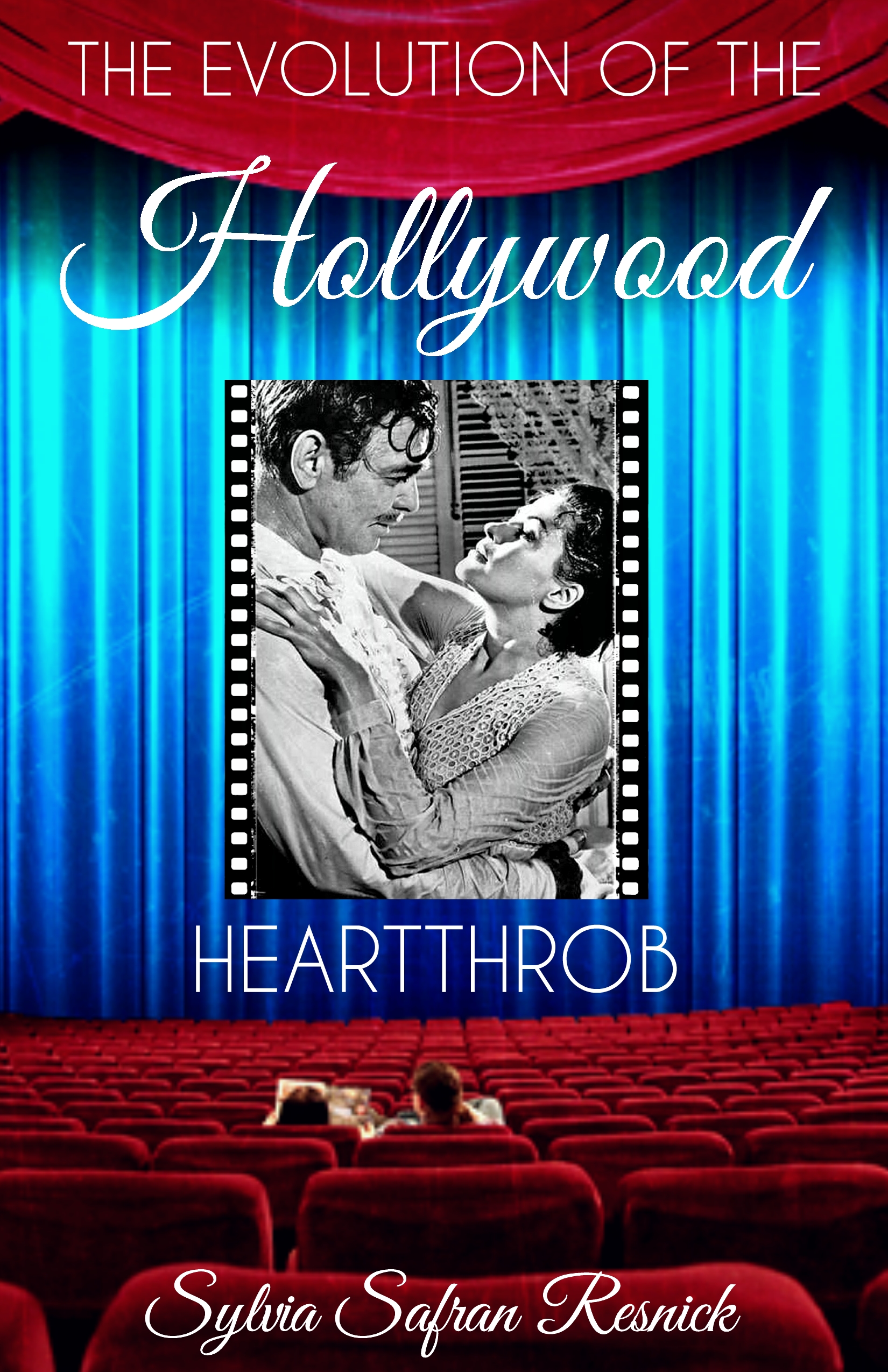
INTRODUCTION
In a darkened movie theater, a woman leans back in the seat, eyes fastened on the image projected upon a large white screen. The only sound to be heard is that of a piano keeping time with the scene she is watching. As the hero gallops across the desert, there is a burst of loud music. When the hero’s lips meet the lips of the lovely heroine in his arms, a sweet melody engulfs the theater. As passions are stirred, a crescendo of sound emerges from the piano and the screen grows dark exciting the imagination .The woman sighs. The other women in the audience sigh too, deep soulful sounds that signify romantic hearts beating in unison. Even before the advent of sound, the motion picture stirred emotions. Eyes fastened with longing on the man on the screen whose brilliant smile embraced them they sat in the dark fantasizing. They could focus their desires on this handsome lover as they wordlessly spun their dreams.
It was exciting, but safe. Thus the object of love and desire on the screen became personified with real romantic longings. A dream for which the female heart throbbed with yearnings and the secret hope that one day she would experience this encompassing love in her real life. The man of her dreams was up there on the big screen; why couldn’t he be out there in the world to be hers one day? She fastened her hopes and romantic desires upon a black and white image, waiting patiently for his flesh and blood counterpart to appear in her life. Sometimes she even imagined that the man up on the screen was really hers as she spun the fantasy cloth into her own garment of reality. From this flowed the longings in her heart as she put pen to paper.
Fan mail then became the path to love. When movies began to speak to audiences, senses quivered and dreams spun blissfully. In the darkened theater women fantasized that the hero’s smile was for her alone; his kiss meant just for her, a promise of fulfillment that over shadowed reality. Each woman convinced the handsome hero belonged only to her. Even before talkies brought heartthrobs to life, female fans expressed their adoration for the compelling image up on the movie screen.
When Rudolph Valentino died suddenly a wave of deep mourning engulfed thousands of his fans who lined up to view his open casket in New York before his official funeral. In Hollywood where a second funeral was held after Valentino's body had traveled there by train, 100,000 mourners mostly women, gathered on the streets around the church to pay tribute to the man who had captured their hearts. Heartthrobs in the 30’s were more than just handsome with perfect profiles and classic, flawless features. It was an era of elegance in both looks and manners. A little over a century ago acting was considered a lowly profession.
Today, actors are revered, copied, sought after for everything from product endorsement to appearing at a charity event to insur that as much money as possible is raised. Today actors are often paid as high as 20 million dollars for a single movie. Add that together with the substantial sums earned from DVD’s and television and an actor can realize millions from just one film. Much has changed since the beginning. The romantic screen heartthrob of today is as appealing to women as he was in the '30’s when sound brought him to life. Although the romantic hero may have gone through some major changes in the last eighty years, he is still a force in films and in the lives of adoring women who love their movies and their heartthrobs.
The Evolution of the Hollywood Heart-throb Description:
The invention of the moving picture camera was one of the most innovative items to ever be introduced. From its earliest use, it allowed a person to be transported to another place and time. When the silent film era began it not only transported, it captivated audiences around the world as they watched the Keystone Cops, Charlie Chaplin, Douglas Fairbanks, Rudolph Valentino, and hundreds of others grace the silver screen. By the dawn of the talkies, millions of women were swooning over Clark Gable, John Boles, and Errol Flynn.
They were only a few of “the men” in the golden age of Hollywood and they are the role models that would shape the generations of actors to come. Join Hollywood reporter Sylvia Safran Resnick as she escorts you down memory lane to the days when Tyrone Power graced the stage and screen. Through the pages of The Evolution of the Hollywood Heartthrob, she’ll take you on a biographical journey from the 1930s men you loved to the ones who make your heart skip a beat today. It’s a fascinating look at Old Hollywood, New Hollywood, and the fabulous years in between!


